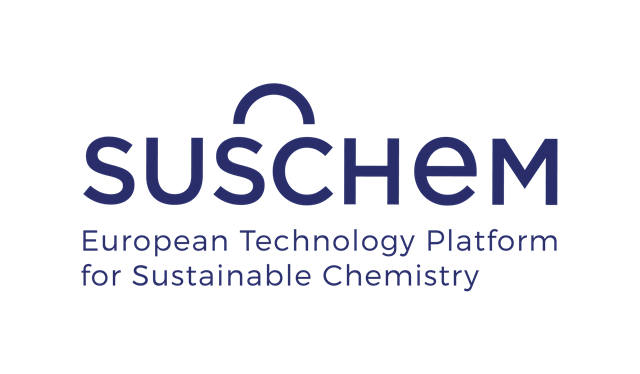Dear colleagues and members of the SusChem community,
The past year showed us once again the enormous challenges and changes that our world and our industry have to cope with, whilst striving to achieve sustainable development. An extended summer across Europe reminded me and many of us that CO2 emissions are still on the rise; and the issue of plastics waste became more urgent on the political agenda.
Identifying solutions to global challenges like these is achieved via science and technology – and through collaboration. This is exactly the purpose of SusChem, and I think in 2018 we made further progress in sharing a ‘European voice’ on research and innovation priorities in Sustainable Chemistry and Industrial Biotech.
One highlight was our response to Horizon Europe, the ambitious research and innovation programme that the European Commission is forging to succeed Horizon 2020. At our annual stakeholders event in June, the potential of the contribution of SusChem and Key Enabling Technologies (KETs) under Horizon Europe was highlighted. And we initiated our consultation to build a new SusChem Strategic Innovation and Research Agenda (SIRA). I am sure the new SIRA will be a solid base for advising the European Commission on future technology priorities for Horizon Europe. Delivery of a final draft is planned in the course of 2019 – a major task for next year.
Looking back on 2018, I also well remember our brokerage event in October which was supported by keynote speakers from the Commission and also the disruptive innovation community. The event brought together some 200 European innovators to form strong consortia under open Horizon 2020 calls – a really impressive number! Also the number of national technology platforms (NTPs) rose in 2018 with the accession of Bulgaria, Finland and Sweden, so that our community now comprises 17 NTPs across Europe.
2018 also saw SusChem making significant contributions to the innovation discussion in Europe. Our extended ‘Key Enabling Technologies in Horizon Europe’ paper was published in February, while two new white papers gave insight and recommendations on recycling of polymer composites and battery energy storage. And most recently, ‘SusChem Plastics Strategic Research and Innovation Agenda in a Circular Economy’ was published with contributions from across the full plastics value chain, as a contribution to the implementation of the EU Plastics strategy.
So 2018 was really impactful. Our key focus for 2019 will be to build on SusChem’s role as a multi-stakeholder advisory forum engaging with both academia and industry. Together we can provide a vision and direction on innovation and technology priorities in Sustainable Chemistry and industrial biotechnology to ensure the success of Horizon Europe. We therefore invite you to join us in formulating together the new SusChem SIRA!
On behalf of the SusChem Board and the SusChem secretariat, I would like to thank you all very much for your continuing commitment to our platform and activities. I wish you a relaxing Christmas break and a healthy, happy and “sustainable” New Year. We look forward to working with you on new SusChem inspired initiatives over the next 12 months!
 Best wishes,
Best wishes,Dr Markus Steilemann
Chairman of the SusChem Board





























